What is a cup test? Step of cup test method | Coe cup test standard | difference between COE and SCA cup meter
Professional coffee knowledge exchange more coffee bean information please follow the coffee workshop (Wechat official account cafe_style)
Once we have entered the pit of individual coffee, we have more or less heard of cup testing. Sometimes when we buy coffee beans, we see a bunch of flavors written on them. These are what we feel in the process of cup testing.
What is a cup test?
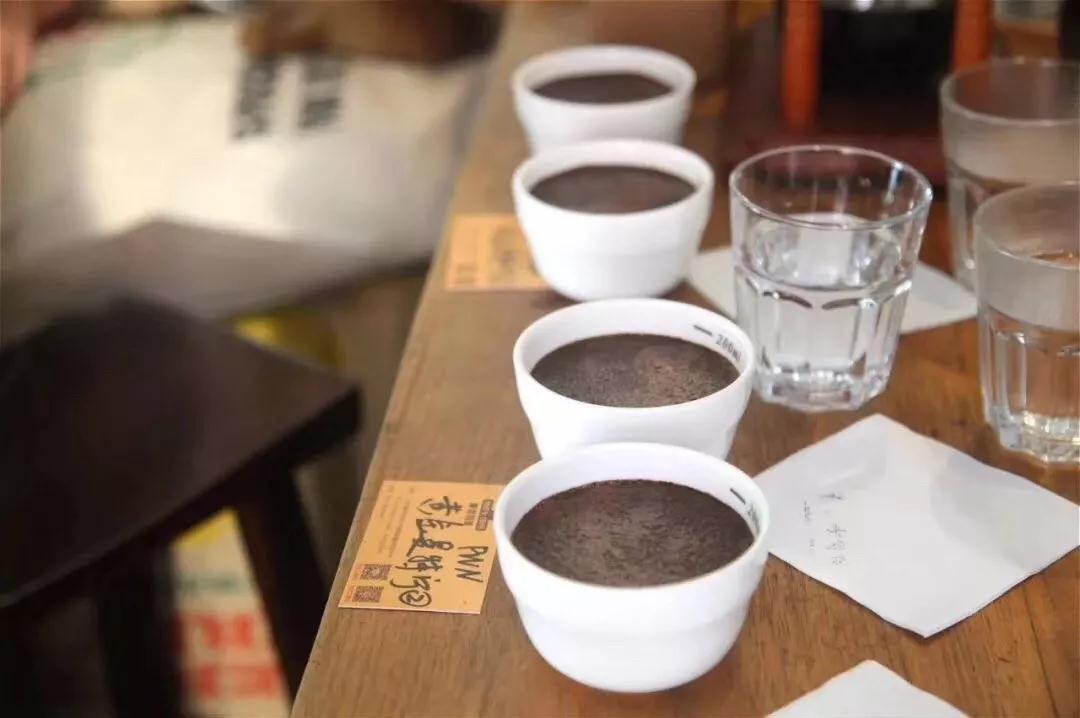
The so-called cup test is like tasting red wine to objectively and generally judge the sweetness and sour taste, bitterness, aftertaste and aroma of coffee, as well as the quality of coffee.
Cup testing is actually held in coffee producing and producing countries, and it is the most direct way to convey the unique flavor of coffee. When purchasing raw coffee beans in the country of origin, cup tests should be carried out to determine whether they are purchased or not; another case is to determine the best roasting degree of a bean, or to evaluate the level of roasting technology (such as a baking competition, etc.).
The evaluation standard of cup test
The cup test of fine coffee mainly adopts two kinds of evaluation methods. One is SCA's "SCA way", which evaluates batches or samples, and COE's "COE way", which is the evaluation method used in cup testing competitions and is developed on the basis of SCA method. Although there are some differences between the two in terms of evaluation items or scoring standards, their starting point is to "evaluate the taste of coffee from the standpoint of consumers", which is no different.
COE
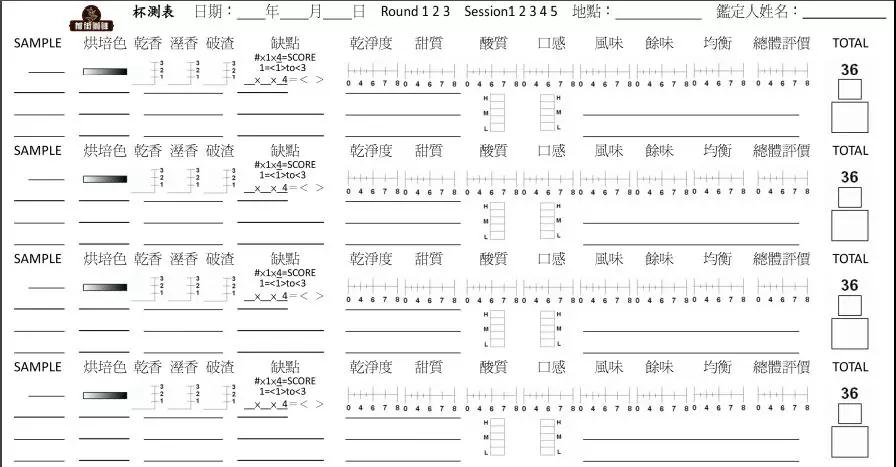
COE is a boutique coffee competition mode, the full name is Cup Of Excellence, is a boutique coffee competition system commonly used by 10 major coffee producing countries in the world. Coffee farmers will have to take part in at least five cup tests during the three-week competition, and there will be another round of extra matches for the coffee that is in the top 10. Coffee farmers who can be selected as the winners of the COE will not only recognize the excellent quality of their coffee, but also earn a lot of money from the auction. With good auction revenue, coffee farmers have a better chance to improve their quality, and consumers have more opportunities to drink good coffee, forming a virtuous circle.
Scoring items of COE
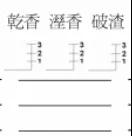
Aroma-at this time, the cup test just began the first evaluation of the project, a total of three aroma evaluation stages, the first stage is the cup test at the beginning to smell the dry powder in the cup dry aroma, the second is the wet aroma after water injection, the third aroma is the broken residue aroma; aroma is an attractive element of coffee, coffee aroma from many sources, there are flowers, berries, caramel, nuts, chocolate, spices and so on.
The aroma of the Coe cup meter is only included in the reference, not included in the total score, but in the Flavor evaluation, the aroma is included in the score.
Cleanliness Clean cup

Cleanliness is a very important and necessary condition for fine products, which means that there are no defects and stains in the defective taste (complete freedom from taints or faults), coffee has rotten, earthy taste, medicine iodine taste, fermented acid, rubber, onions, astringency and other bad taste and touch, all indicate that it is not clean enough.
Sweetness Sweetness

Sweetness not only represents that coffee cherries are harvested in the best ripening period, not mixed with unripe beans, but also represents the excellent quality of coffee. Only by selecting freshly ripe coffee cherries to treat them into raw beans can you get better sweetness, and there are many kinds of sweetness, such as sugarcane sweetness, caramel sweetness and so on, which can be noted in the comparison. If sweetness is astringent and sweet stays in the mouth for a short time, then the sweetness score will not exceed 6 points.
Acid Acidity

Sour, good acidity is not like vinegar, even if it is bright and lively, you can detect many kinds of acidity, such as citrus, berries or sweet lemons, as well as the sweet and sour melons like cantaloupe or the crisp acidity of freshly ripe apples. The above acids are of high quality; bad acids are like unripe fruit or acetic acid, some bad acids are like overripe fruit or rotten fruit, and fermented acid or rotten acid can be detected.
Taste Mouth feel

Oral tactile evaluation is not to measure taste, it belongs to the substance and tactile sensation, grease, viscosity and quality sensation that all constitute mouth-feel;, such as milk and water. The former has much higher tactile sensation, thick soup and clear soup, the consistency and tactile sensation of the former are much higher than the latter.
Flavor Flavor

Sipping flavor, including all kinds of taste and smell, even the aroma felt in the nasal cavity and the touch of the mouth all belong to this evaluation. When testing COE cups, because 8 samples are often tested at a time, the AROMA project cannot be tested immediately, so the aroma at the beginning is only marked by pleasure and displeasure, but when it comes to sipping flavor for this evaluation, cup testers can include the aroma they feel, including various flavors measured or drunk. It can be said that sipping flavor is a very important evaluation, and it is also a basis for testing the characteristics of coffee samples.
Aftertaste Aftertaste

After sipping, the taste or aroma or touch that still stays in the mouth, and the good flavor stays for a long time, such as sweetness, remains clearly in the mouth or even scattered after sipping and spitting coffee, then the score will be high, otherwise, there will be no aftertaste, or short, the score will be low.
Equilibrium degree Balance

Refers to whether each evaluation of coffee is balanced, for example, although the acid is bright, it still turns sweet? The touch is sticky but not astringent? Are the various flavors of coffee harmonious?
Overall evaluation of Overall
Coffee is excellent on the whole and attracts you? Is it just so-so, or do you not like her at all? This evaluation is the overall assessment of the tester, and can also reflect his personal preferences.
The total score after the cup evaluation, the significance represented, and the standard represented by the individual score:
1) the CoE scale has eight items, the highest score of each item is 8 points, the lowest score is 0 points, and the weighted score is 36 points, so the total score is 100 points.
2) 6 indicates that it has reached the standard of CoE competition level and belongs to good quality (fine). If it is totally unacceptable, it will be given 0 (unacceptable), if the quality is ordinary, 4 (Poor), and if it is excellent or even perfect, 8 (great).
The standard discrimination of COE?
The total score is 69 or less, which is a slightly worse commercial bean or industrial bean.
The total score is between 70 and 74, which belongs to general commercial beans.
The total score is between 75 and 79, and the better commercial beans are generally called high-grade commercial beans.
The total score is between 80 and 84, which belongs to fine coffee.
The total score is 85 or more, belonging to the COE competition level, is also the excellent cup of winning coffee, is currently recognized as the highest level in the international coffee industry.
In the COE score, dry incense and wet fragrance are no longer included in the total score, and the cleanliness is scored more strictly, and the flavor of aged beans caused by storage will affect the cleanliness score; sweetness will also open the difference in scores, because COE believes that high sweetness represents the altitude of coffee, and high sweetness can only be achieved when planting, harvesting and handling are excellent, and high sweetness should be rewarded. The thickness of alcohol is changed to taste, and the taste is evaluated not only on the thickness of alcohol, but also on whether it is smooth and astringent. Flavor evaluation can refer to the new version of the flavor wheel to make a more accurate evaluation.
SCA

According to the SCA coffee cup test, there are ten points, of which the following two items are not available in COE:
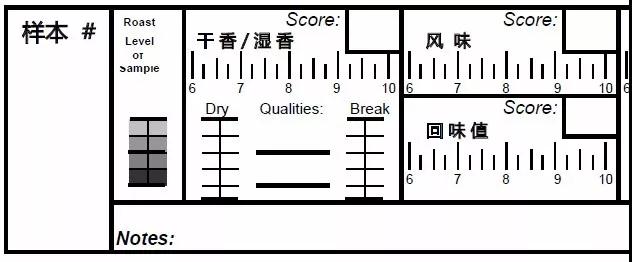
Fragrance/Aroma aroma: the aroma consists of two parts, dry fragrance and wet fragrance. The first image of the bean grinding and the first project that needs to be scored is the dried fragrance, the aroma of coffee flowers, roasted hazelnuts and roasted almonds are all pleasant aromas. Water injection, the broken shell of the wet fragrance gives people more fantasy, honey, lemon, apricot fruit make people salivating.

Uniformity consistency: this score is relatively simple. Do 5 cups of samples have different tastes and which ones are defective?
The SCA coffee cup meter is marked from 6 points and is divided into four levels:
6 points as "good"
7 points as "very good"
8 points as "excellent"
9 points as "extraordinary".
In addition, each grade is divided into four grades, and the score unit is 0.25 points, so the four levels have a total of 16 points.
How to deduct points if you find a defect?
When you find a defect, you need to determine whether it is a small defect (Taint) or a big defect (Fault).
Small defect refers to the bad smell, although obvious but not serious enough to swallow, generally refers to the defective smell of dry and wet fragrance of coffee powder that has not yet been drunk.
The big defect is that the bad smell is so serious that it hinders the mouth, generally refers to the taste and the smell behind the nose, the taste level and the defective smell of the nasal cavity after the entrance of the coffee. If there is a minor defect, 2 points per cup, and 4 points per cup if there is a big defect.
The formula is: deduction of points = number of defect cups × defect strength
The total score is then deducted from the missing points column, that is, the final score, if it is higher than 80 points, it is high-quality grade, from 80 to 100 points, divided into very good, excellent and super excellent three levels.
The process of cup testing
Take Golden Manning as an example, let's use COE's score table to do a cup test.
Preparatory work
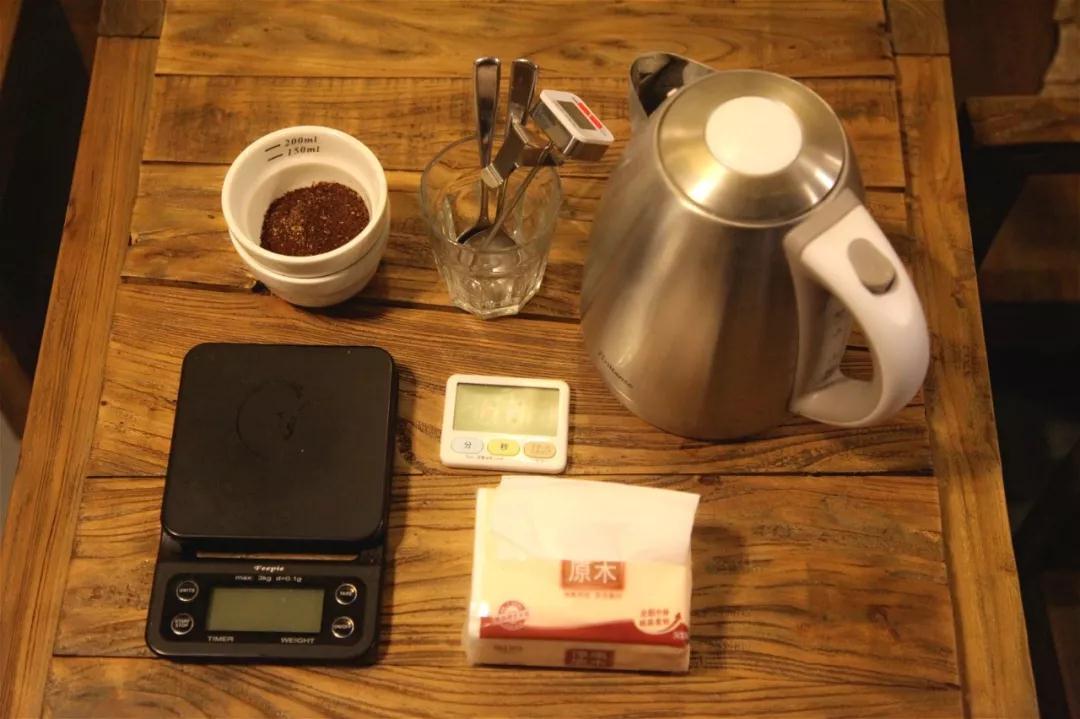
Water; cup bowl; cup spoon; COE record sheet; coffee beans; thermometer; timer
Steps
The first step: pour water, soak, brew and grind all kinds of coffee beans (preferably within 24 hours), grind the coffee to a coarse powder, put the ground coffee powder (particles) into the cup, shake the coffee powder in the cup, smell the dry aroma of the coffee, soak the coffee in the cup according to the ratio of 8.25 grams of powder to 150 ml of hot water at 94 degrees Celsius, and let the coffee soak for 4 minutes until the coffee residue shell is formed.

Step 2: start timing when injecting water and smell wet incense after 2 minutes. Aroma is the intensity of the smell when brewing coffee. Some subtle and delicate differences, such as the characteristics of "floral" or "wine", come from the wet aroma of brewing coffee.
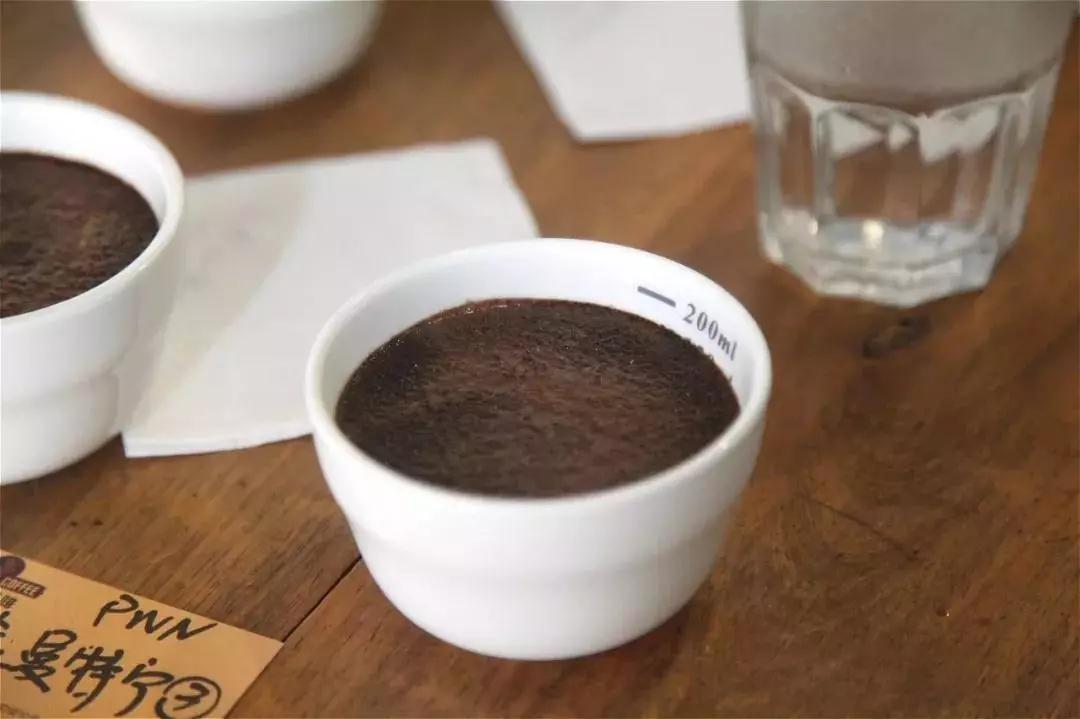
Step 3: break the dregs, stir three times on the surface of the cup with a spoon, skim off the foam and dregs, and you can start to taste the coffee with a spoon.
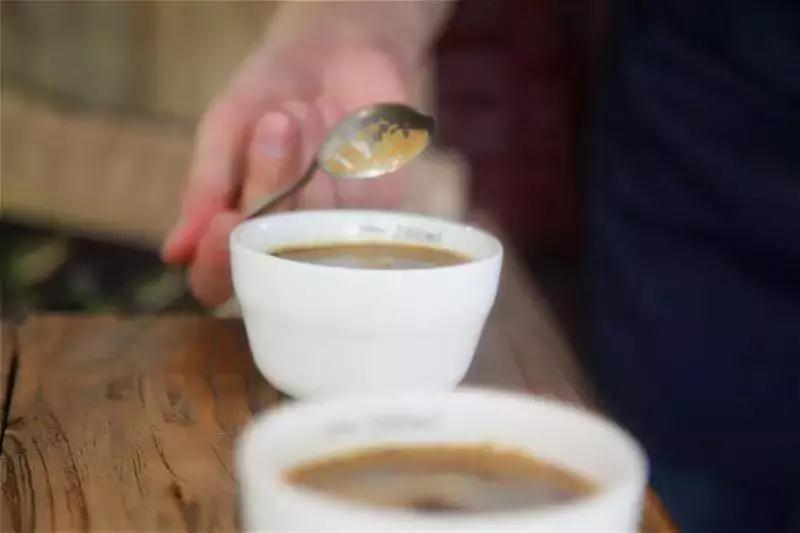
Step 4: taste and sip, remove the coffee scum with a cup spoon, suck the coffee entrance, feel it in the mouth and spit out the coffee liquid, record your feelings on the cup meter, score according to the requirements of the cup meter, gargle, rinse the cup and test the spoon, and then taste the next coffee.
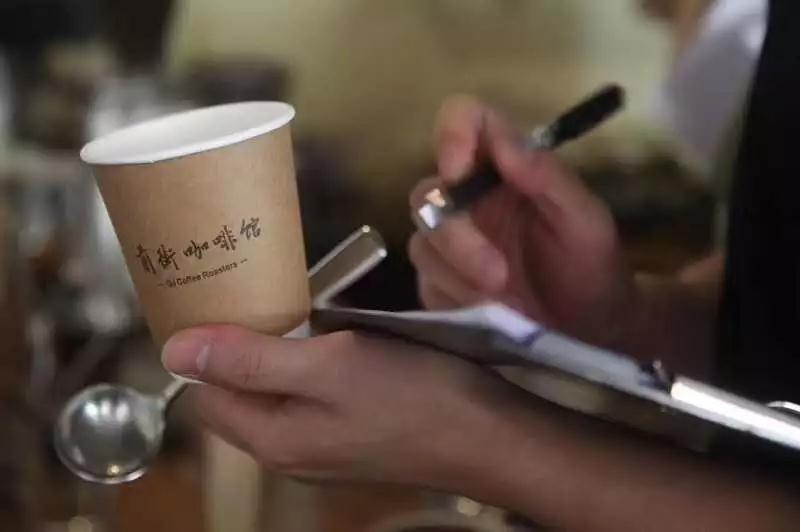
In order to determine the baking curve suitable for [Golden Manning], we prepared three different baking degrees:
The ① line has aromas of milk chocolate and caramel, with aromas of berries and sweet-scented osmanthus when sipped, with a touch of dirt and rubber.
The ② line smells of spicy wood, spices and straw, with herbal and caramel flavors when sipped.
The ③ line has aromas of spices, sweet-scented osmanthus and herbs, with notes of plums, almonds, dried fruits and caramel when sipped. No matter in terms of cleanliness, acidity, sweetness and taste, these will be better than the ①② line.

Through the cup test, we can recognize the flavor of coffee itself and express the feelings of coffee more systematically.
Important Notice :
前街咖啡 FrontStreet Coffee has moved to new addredd:
FrontStreet Coffee Address: 315,Donghua East Road,GuangZhou
Tel:020 38364473
- Prev
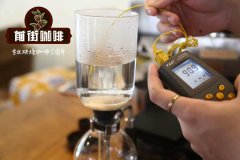
What is decaf | advantages and disadvantages, efficacy and effect of decaf | can you reduce fat by drinking decaf?
Professional coffee knowledge exchange more coffee bean information Please follow the coffee workshop (Wechat official account cafe_style) are you worried about palpitations, insomnia, or switch to decaf coffee because of pregnancy? When drinking coffee, you want to consume less caffeine, which is actually similar to the variety of coffee beans and the size of grinding particles.
- Next
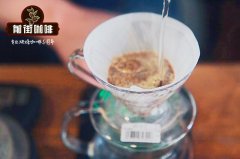
The method of brewing coffee powder diagram _ the easiest step course of brewing pure coffee powder with filter paper
Professional coffee knowledge exchange more coffee bean information please follow the coffee workshop (Wechat official account cafe_style) filter paper brewing pure coffee powder brewing method filter paper brewing the easiest brewing method the simplest coffee brewing method. The filter paper can be discarded immediately after being used once, which is more sanitary and easy to clean up. The amount of boiled water and the method of injection can also be adjusted. You can also rush it for one person.
Related
- Beginners will see the "Coffee pull flower" guide!
- What is the difference between ice blog purified milk and ordinary milk coffee?
- Why is the Philippines the largest producer of crops in Liberia?
- For coffee extraction, should the fine powder be retained?
- How does extracted espresso fill pressed powder? How much strength does it take to press the powder?
- How to make jasmine cold extract coffee? Is the jasmine + latte good?
- Will this little toy really make the coffee taste better? How does Lily Drip affect coffee extraction?
- Will the action of slapping the filter cup also affect coffee extraction?
- What's the difference between powder-to-water ratio and powder-to-liquid ratio?
- What is the Ethiopian local species? What does it have to do with Heirloom native species?

